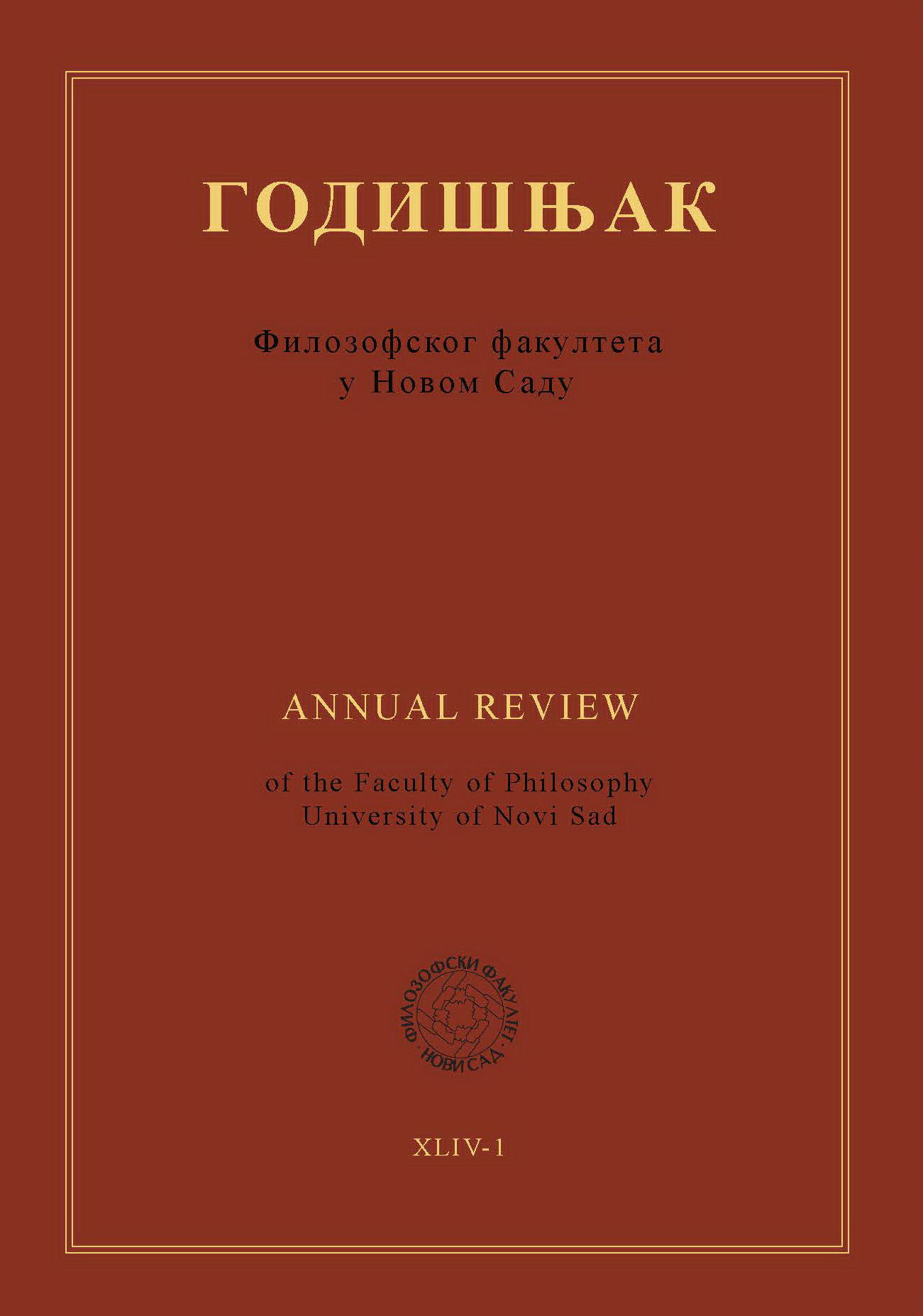PLUSKVAMPERFEKAT U SRPSKOM PREVODU ROMANA SORSTALANSÁG IMREA KERTESA
THE PLUPERFECT IN THE SERBIAN TRANSLATION OF IMRE KERTES’ NOVEL SORSTALANSÁG
Author(s): Dušanka Zvekić DušanovićSubject(s): Language studies, Language and Literature Studies, Studies of Literature, Hungarian Literature, Serbian Literature, Translation Studies
Published by: Филозофски факултет, Универзитет у Новом Саду
Keywords: the Serbian language; the Hungarian language; translation; pluperfect; Imre Kertes; Aleksandar Tišma
Summary/Abstract: The novel Sorstalanság by the Hungarian Nobel Prize winner Imre Kertes was translated into the Serbian language by the translator and author Aleksandar Tišma. Looking at Tišma's translation procedures, it is not difficult to notice how he cleverly uses various narrative means that are available to him in the Serbian language. The focus of this paper is on the use of the pluperfect in the translation of this novel into the Serbian language. The pluperfect is a verb form that, in its basic sense, refers to an action or situation at a time earlier than a time in the past already referred to. The Hungarian language does not have a verb form that has such a specified meaning and therefore it was necessary to investigate which means served as a signal to Tišma to use the pluperfect. In the first place, as the number of examples shows, the signals of anteriority in the original are temporal adjuncts among which the most frequent is már (= već). The meaning of the anteriority of a past action in relation to another past action is often seen within complex and compound sentences, of which temporal, causal and coordinate ones are recorded with a large number of examples. In a significant number of examples, Tišma uses a passive structure with a passive participle as the equivalent of Hungarian constructions which also have a passive meaning or the meaning of a generalized agent.The relatively high frequency of the pluperfect in the translation is certainly conditioned by the narrative nature of the original text and the fact that between the moments of the described events and the moment of writing the novel there is a significant time distance. Using this, primarily narrative verb form, Tišma significantly contributes to the stylization of the narratives.
Journal: Годишњак Филозофског факултета у Новом Саду
- Issue Year: 44/2019
- Issue No: 1
- Page Range: 253-267
- Page Count: 15
- Language: Serbian

